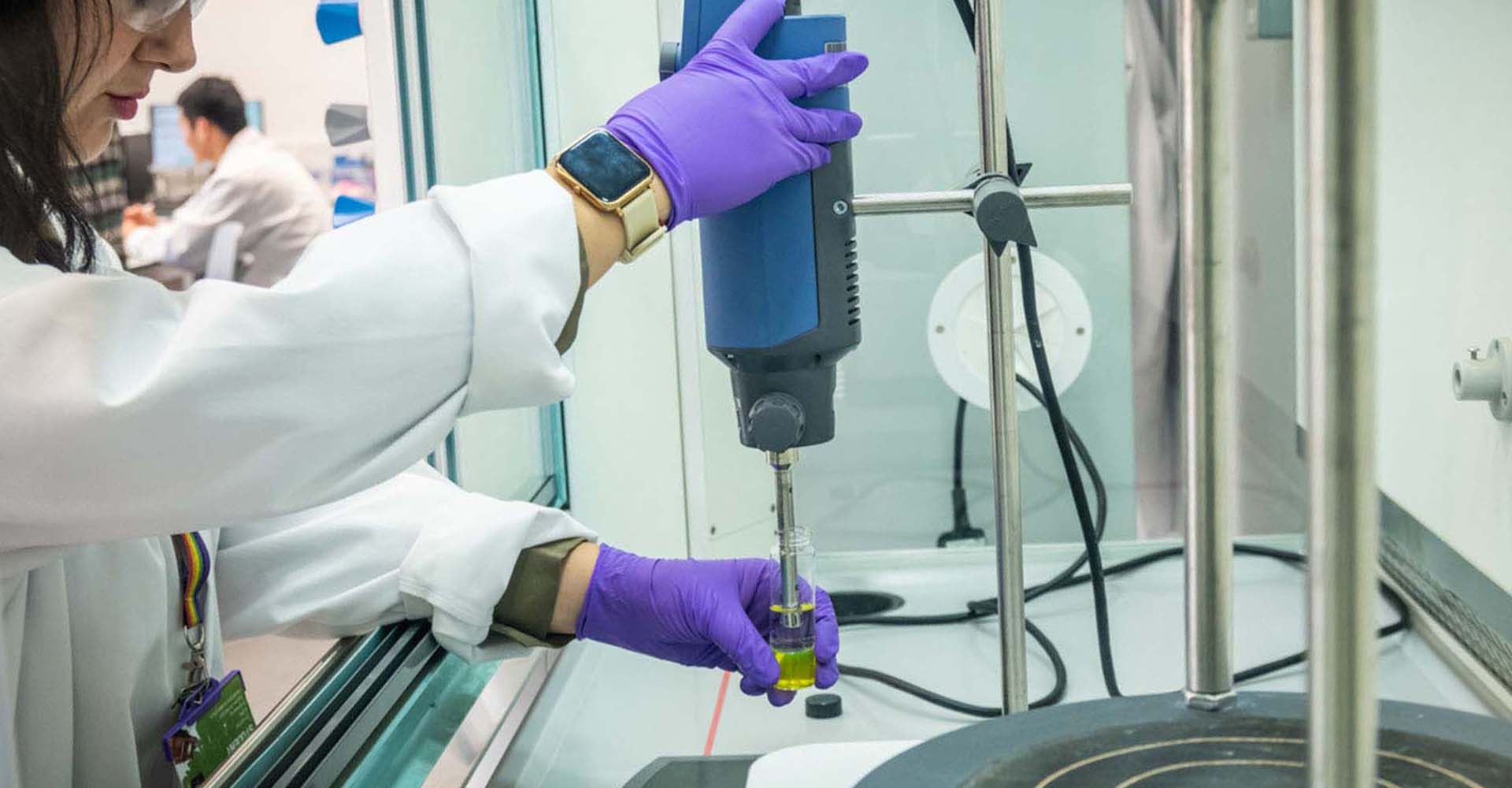Glaucoma is a progressive eye disease and a leading cause of irreversible blindness, affecting 79 million people worldwide. The damage caused by glaucoma worsens over time, but early detection improves the prognosis for patients.
It is a disease associated with elevated intra-ocular pressure, the fluid pressure inside the eye, which causes pressure on the optic nerve head and damages the nerves that link the light-sensitive cells of the retina to the brain.
The main modifiable risk factor for glaucoma is intraocular pressure, so its accurate measurement is essential for adequate treatment of the disease.
Until recently, all intra-ocular pressure measurement techniques were influenced by the stiffness of the cornea, the front window of the eye. The resulting inaccuracies have led to both false negatives and false positives in glaucoma risk profiling. Research has shown that poor measurement has also meant that 15% of glaucoma patients eventually lose their eyesight within 15 years while under treatment.
To address this challenge, our biomechanical engineering researchers have used modelling to develop innovative methods to estimate the cornea’s biomechanical behaviour and measure intra-ocular pressure.
The team have developed a technique to more accurately measure the eye’s internal pressure using a combination of experimental laboratory testing and clinical validation methods, complemented by numerical simulations of the eye’s cornea and its changes during disease and ageing.
This state-of-the-art technique for measuring internal eye pressure requires only minimal staff training because it is a non-contact device, ensuring widespread clinical implementation to save people’s sight.
This technique has been widely used in a commercial glaucoma diagnostic device, and has benefitted hundreds of thousands of glaucoma patients worldwide.
In addition to better outcomes for glaucoma patients, it can help to relieve the economic burden on healthcare through better and more accurate diagnosis.
This technology has also been applied to risk profiling of other eye conditions including keratoconus and ectasia. Early and emerging results indicate the importance of the new technique for selecting suitable patients for refractive surgery, as well as optimising use of the collagen cross-linking treatment used to prevent keratoconus progression.
View our PDF to read more about our research with impact.
Back to: School of Engineering
